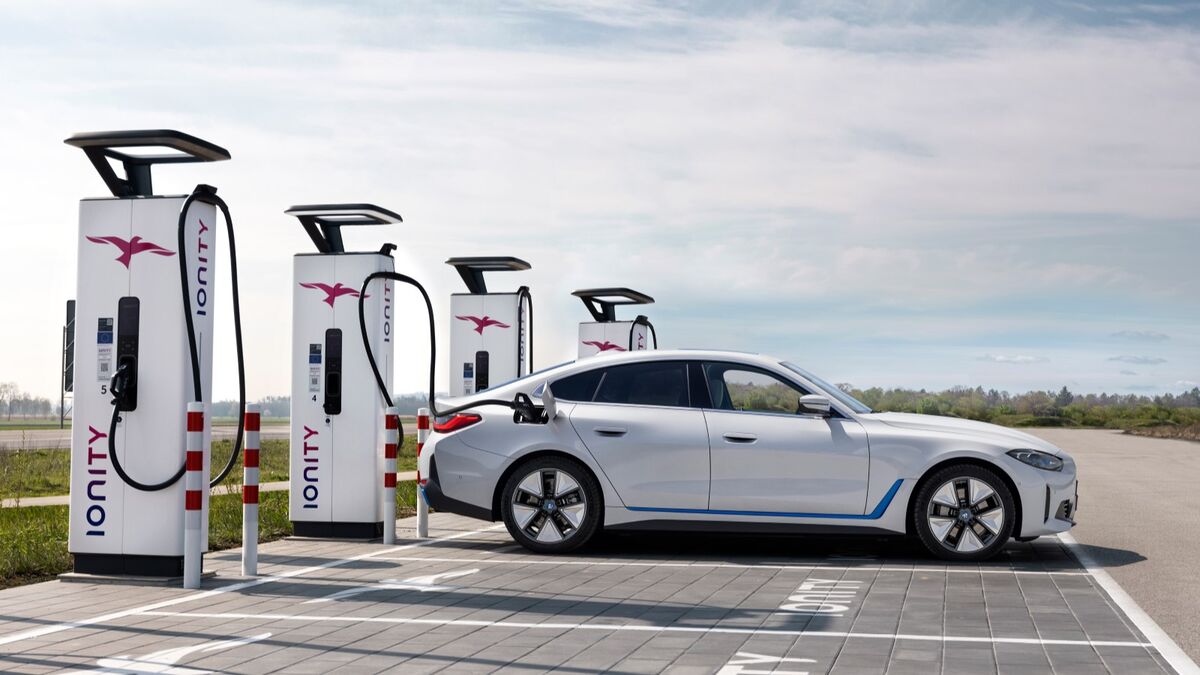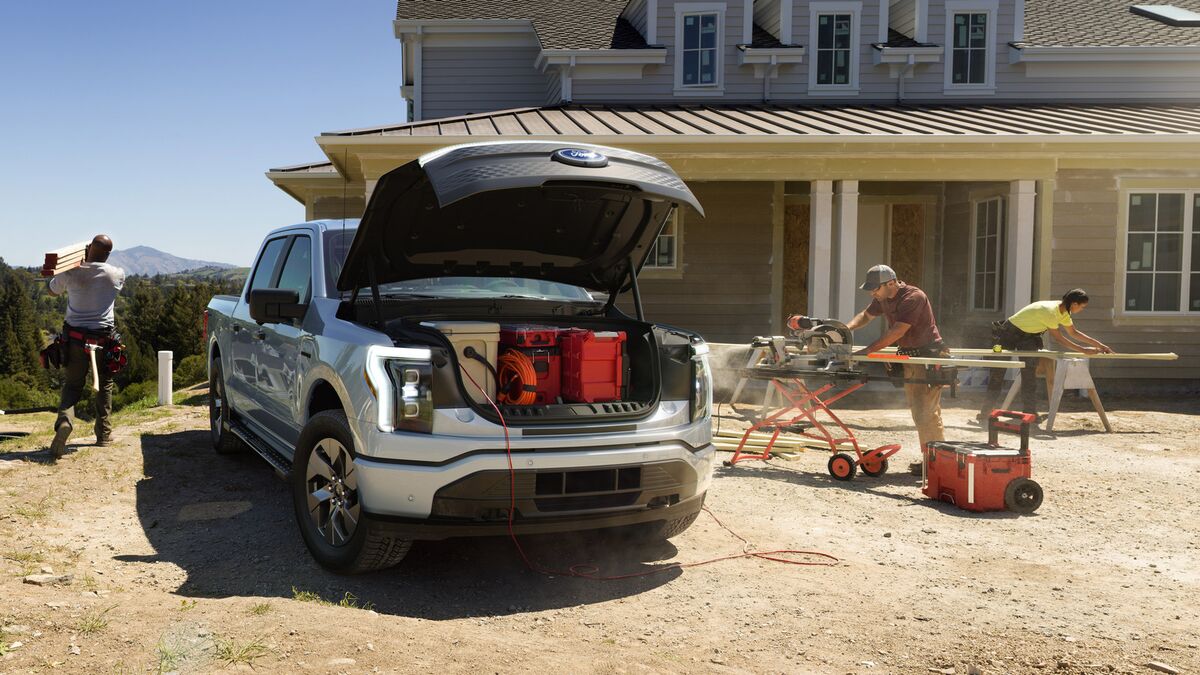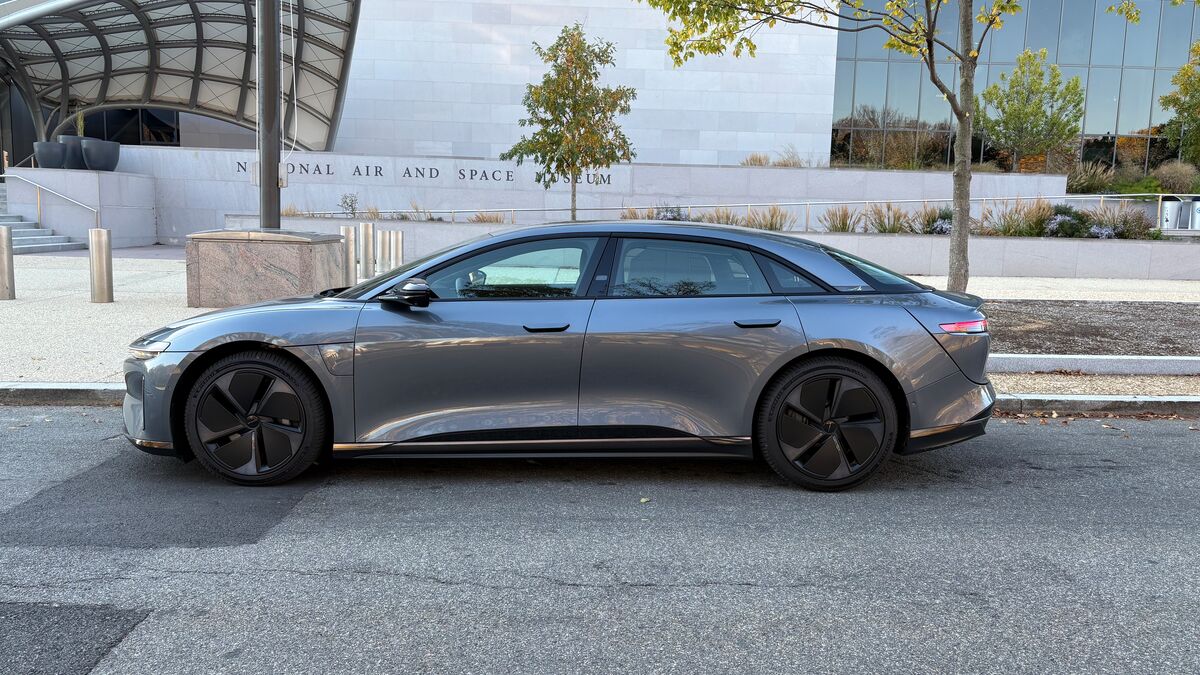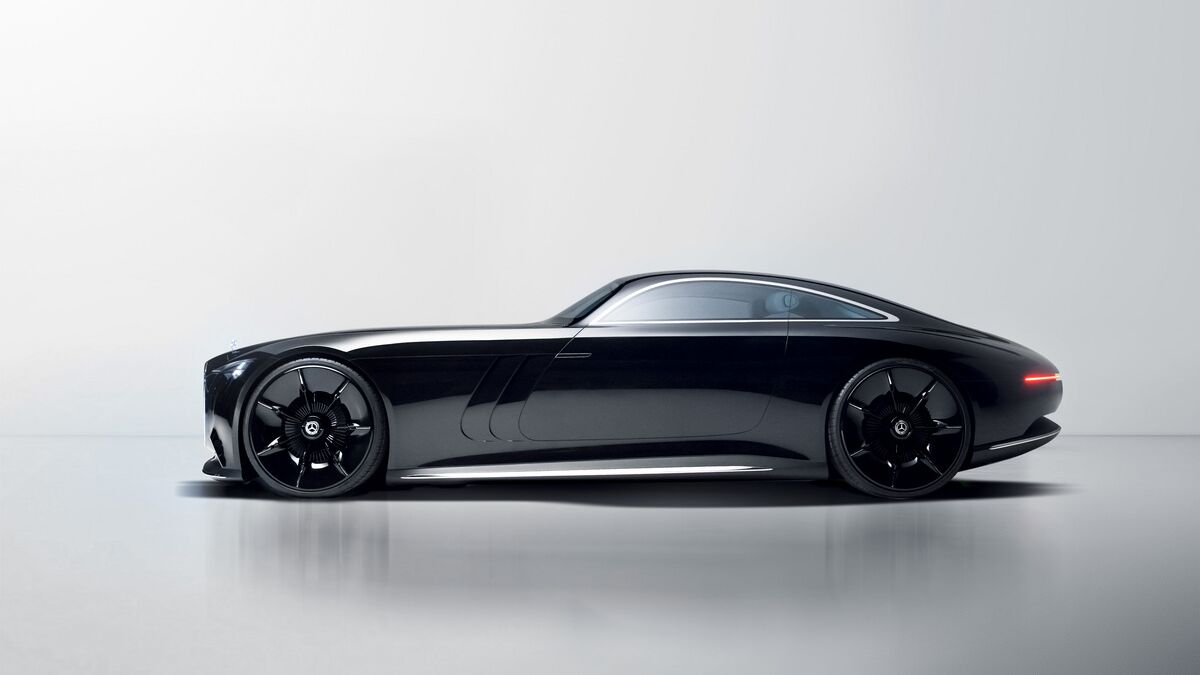- The Trump administration and Republicans in Congress have ended much federal support for electric vehicles
- A new analysis predicts EV sales will grow in the U.S., anyway
A new analysis from The New York Times predicts that federal policy changes under President Trump “will slow, but may not stop, the rise of electric vehicles.”
The Biden administration put in place a number of supports to promote transition to EVs. They expanded access to a $7,500 tax credit for many EVs, restructuring it to incentivize automakers to build batteries in North America using minerals from the U.S. or certain trade partners. They set aside federal funds to build EV chargers, though actual construction was extremely slow. They also used tax incentives to encourage new EV factories, most of which broke ground in states that traditionally vote for Republican leaders.
The Trump administration has sought to undo most of it. Recent legislation will phase out the EV tax credit this fall. The White House also froze charger funds (though a legal challenge may temporarily restore them).
They’ve also abolished penalties for selling vehicles with poor fuel economy. That could encourage automakers, in the short term, to build more gas-powered trucks and SUVs.
“By 2030, there will be 8.3 million fewer electric vehicles and plug-in hybrids on U.S. roads than there would have been if incentives had remained in place, according to a study led by Jesse Jenkins, an assistant professor at Princeton University,” the Times reports.
Experts, however, say the moves may not stop American automakers from going electric.
It’s About Staying Competitive
- EVs are selling so fast overseas that automakers will lose ground if they don’t perfect them
“Automakers appear to realize that they cannot give up on electric cars if they hope to remain competitive globally,” the Times explains.
A recent report from the International Energy Agency predicts that one in four cars sold this year, worldwide, will be electric. In the U.S., Kelley Blue Book parent company Cox Automotive reports, EVs held just an 8% market share in June.
EV sales rose just 1.5% in the first half of 2025, according to Cox Automotive. However, the Times notes, “globally sales rose 28% to 9.1 million vehicles, according to Rho Motion, another research firm.”
“Carmakers that ignore this fast-growing market may not be in business 10 years from now,” the Times speculates.
It’s About Autonomous Cars
- Automakers want to build self-driving cars
- That’s cheaper and easier if they’re already electric
The EV transition may also be key to the other major technological development in the auto industry — autonomous cars.
In most EVs, acceleration, braking, steering, and suspension settings are already electronically controlled. That gives EVs a head start on self-driving technology.
“If you don’t electrify fast enough you’re also losing out on the autonomous transition, whenever that happens,” Anil Khurana, the executive director of Georgetown University’s Baratta Center for Global Business, told the Times.
A study recently found that self-driving technology, long an unpopular idea with car shoppers, has become the most sought-after new car feature in 2025.
It’s Happening Because the Cars Are Desirable
- EVs are quicker and quieter than gas-powered cars, and require less maintenance
Many Americans still have little exposure to EVs. They can be surprised, when they finally drive one, to discover how appealing they are.
They typically accelerate much quicker than gas-powered cars. A gasoline engine builds power over time, making its acceleration gradual – it has more power two seconds after you press the gas pedal than it did at launch. EVs make 100% of their power available instantly. That results in some 4-door, 5-seat family cars with acceleration numbers like exotic supercars.
With fewer moving parts, they’re also simpler to maintain, with less regular maintenance and no need for oil changes. So far, that has not translated to cheaper repairs. But in theory, it will as EVs become more common and parts are easier to come by.
It’s Happening Without Government Support
- EV Sales and charger numbers are growing even without federal help
Finally, the Times notes, the end of government support hasn’t ended EV growth.
A recent study found the nation’s network of public fast chargers growing at a record pace even after Trump paused federal funds for chargers.
“Robert Barrosa, the chief executive of Electrify America, said that some of its stations were in almost constant use, and there are still not enough chargers. That provides a strong incentive to keep building more,” the Times notes.
EV sales, meanwhile, have continued to grow steadily in 2025. Cox Automotive analysts expect a dramatic spike in sales in the third quarter as the end of the EV tax credit approaches, with a drop followed by slow-burn sales growth afterward.








